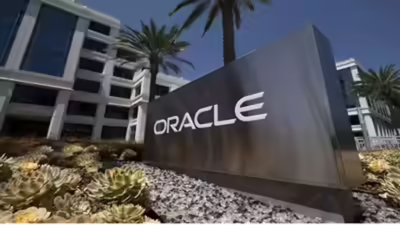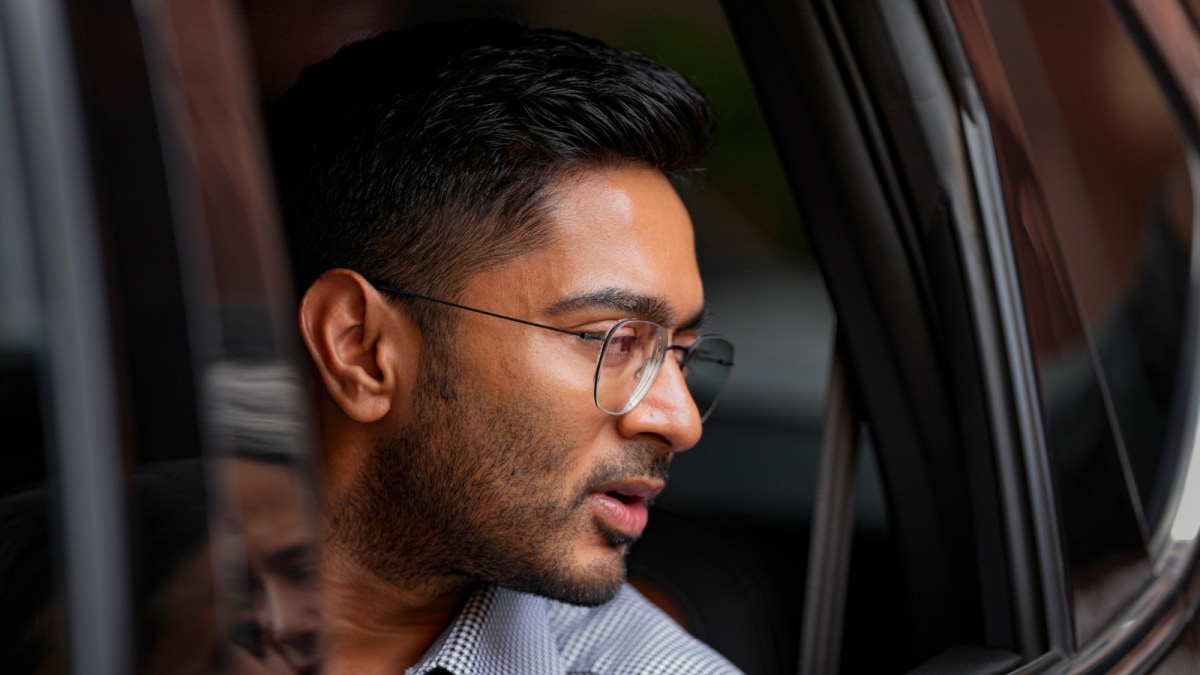ARTICLE AD BOX

NEW DELHI: Amid volatile geopolitics and rapid shifts in markets and technology, certain companies are evaluating the idea of two leaders sharing the corner office. Over the past few weeks, global firms, including Comcast, Oracle and Spotify, have announced transitions to co-CEO structures, while discussions have begun closer home on whether a dual leadership can help companies move faster, HR experts told TOI .A handful of companies in India are already testing the waters, largely in sectors where complexity and speed demand shared leadership — technology-enabled services, diversified groups, consulting, private equity and investment banking.Earlier in July, global PE firm L Catterton appointed Vikram Kumarswamy as India co-head alongside Anjana Sasidharan; Synergy Marine Group named Vikas Trivedi to jointly lead the company with Ajay Chaudhry; and Innotera elevated Avinash Kasinathan as group co-chief.“This trend is likely to grow manifold — perhaps five times over the next five years — because the advantages outweigh the drawbacks. With the CEO role becoming increasingly complex, it is no longer realistic to burden a single leader with everything an unpredictable world demands. A CEO today is expected to be an ace problem-solver, able to navigate disruption on multiple fronts. As a result, CEO tenures globally are shrinking and burnout is becoming more common.
Under a co-leadership model, the load can be distributed more evenly, allowing companies to operate with greater resilience and efficiency,” said Ronesh Puri, MD, Executive Access India.Advocates of the model say shared leadership creates a natural system of checks and balances, reducing over-concentration of power and enabling more thoughtful, well-challenged decisions at the top. They add that for this to work smoothly, organisations must draw clear lines of authority and accountability.Meanwhile, Priyanka Gulati, partner, Grant Thornton Bharat, points out, “India doesn’t have a surplus of CEO-ready leaders.” According to Grant Thornton research, less than 10% of senior executives in large Indian companies are “CEO succession ready”.Harsh Goenka, chairman, RPG Enterprises, feels the coCEO model works best in cultures where power sharing and consensus are deeply institutionalised. “India’s corporate DNA, however, remains personality-driven. We look for a single decisive leader, not dual centres of authority. Shared leadership often blurs accountability, slows decisions, and confuses teams... Two leaders at the top can mean divided direction, and divided direction rarely leads to decisive success,” he added.

 1 hour ago
5
1 hour ago
5









 English (US) ·
English (US) ·